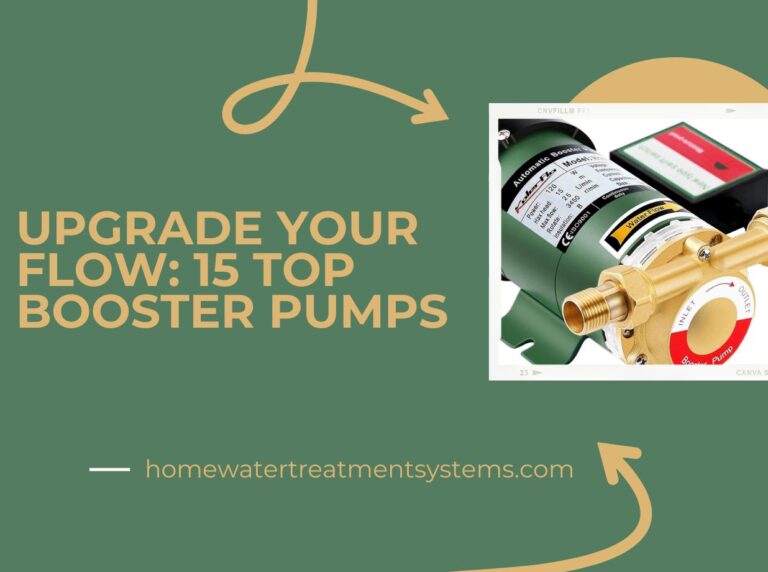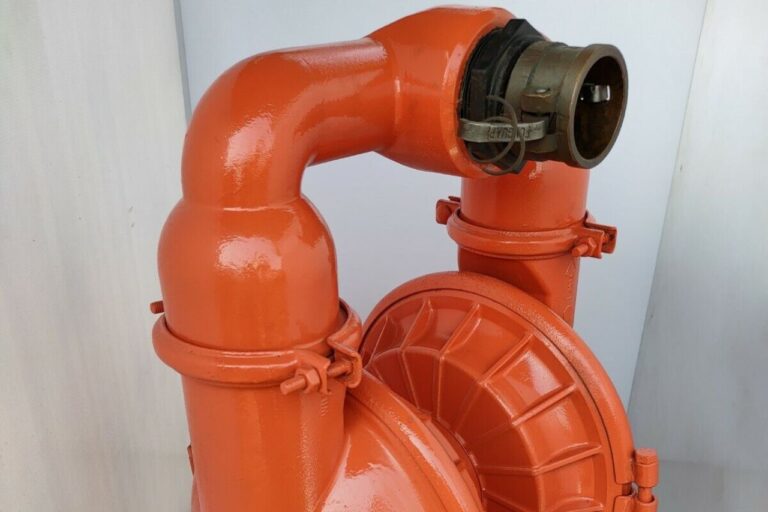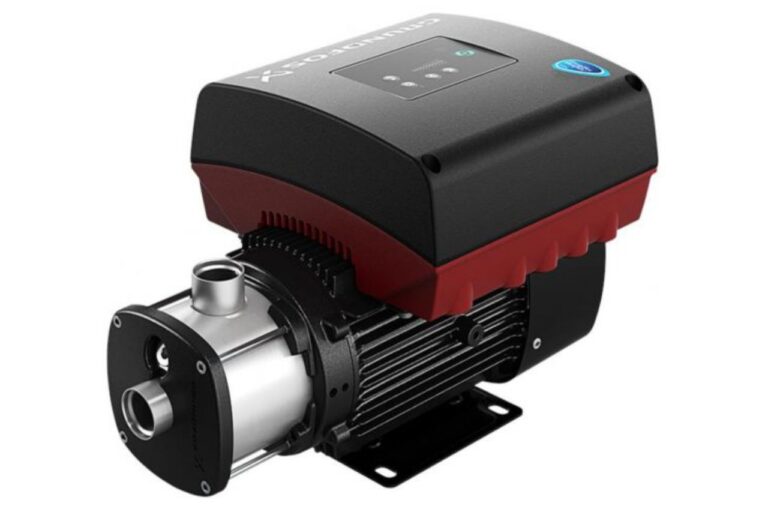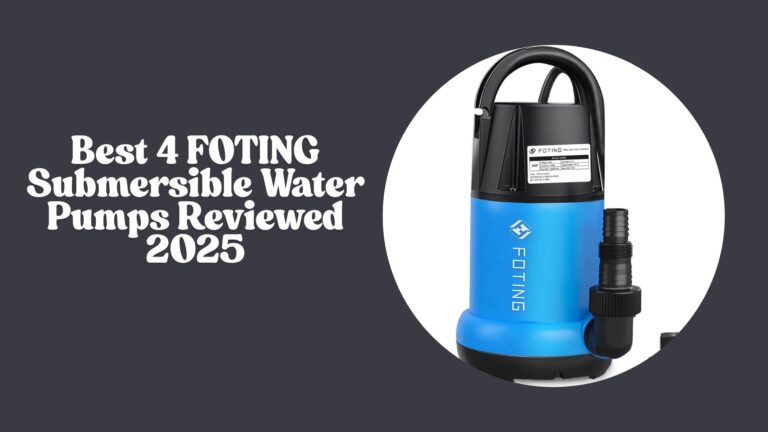Exploring the Many Types of Water Pumps for Homes
Have you ever thought about the essential roles water pumps play in homes? You might not notice them during your daily routine, but these fundamental devices power the flow of water to your faucets, assist in irrigation, and even manage drainage systems. Whether it’s about sourcing water from a well deep beneath your home or regulating water pressure to ensure it’s just right when you shower, different types of water pumps serve many purposes that make your home life more convenient.
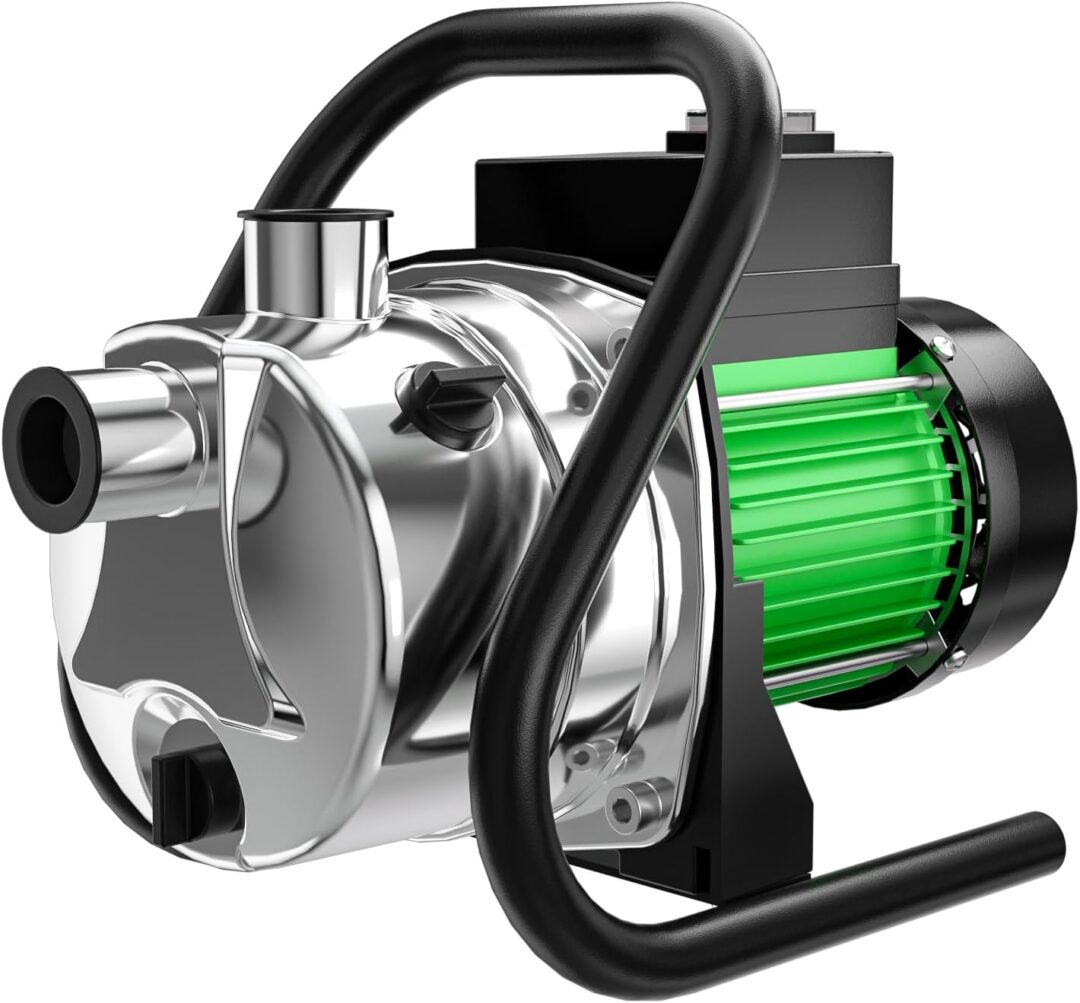
Understanding the Importance of Water Pumps for the Home
Water pumps might not be visible in your day-to-day activities, but their functionality is critical to household operations. They serve as the backbone of numerous household systems, enabling everything from watering gardens to ensuring a reliable water supply inside the house. Without them, tasks would become arduous and time-consuming. Imagine manually drawing water with a bucket from a well every time you needed it! These pumps save you time and effort, allowing you to focus on what really matters in your home life.
Introducing Different Types of Water Pumps
Water pumps are as diverse as the jobs they perform. Ranging from small, unobtrusive units ideal for residential use to large systems suitable for agricultural needs, the variety can be overwhelming. Understanding these types helps you make informed choices, ensuring efficiency and reliability in your home. Picking the right pump may come down to knowing what suits your needs best or considering installation and maintenance requirements.
Submersible Pumps: The Underwater Workforce
Submersible pumps are popular for their efficiency and capacity to work entirely underwater. Placed below the water surface in wells or sumps, they push water to the surface rather than pulling it, which makes them more efficient for certain applications. Thanks to their position, they are highly effective at keeping basements dry in case of flooding and drawing water from wells.
How Submersible Pumps Work
These pumps are designed to operate while fully submerged; their hermetically sealed motor prevents water from entering. They utilize impellers, blades, or rotors, powered by an electric motor, to propel water to the surface. The submerged nature not only keeps the motor cool but also reduces noise, making this type highly effective for well water or sewage systems without disrupting household tranquility.
Benefits and Limitations
Submersible pumps provide many benefits, such as improved efficiency due to the pushing action rather than suction, quiet operation, and reduced risk of cavitation (formation of vapor bubbles in low pressure). However, they can be more challenging to service due to their submerged position, requiring professionals for repairs and installations.
Jet Pumps: Harnessing Pressure for Shallow Sources
Jet pumps are versatile and widely used in both residential and agricultural settings. These pumps are mounted above ground and are suitable for pumping from shallow sources or where water must be transported over longer distances. In contrast to submersible pumps, jet pumps utilize atmospheric pressure to aid in water transport.
Working Principle of Jet Pumps
Jet pumps operate by creating a vacuum that draws water upward from a well or reservoir. The system incorporates a pump cylinder and an injector. Water is recirculated in a loop, with a pipe called an ‘ejector’ immersed in water, creating a vacuum that allows atmospheric pressure to push water into the pump. This keeps your water flowing consistently and reliably, even over varying distances.
Pros and Cons of Jet Pumps
The main advantage is their capacity to quickly draw water from shallow wells, making versatility a key feature. Maintenance is easier than submersible pumps since they remain above ground. Yet, they might not be the best solution for deeper wells or those needing high efficiency, and they tend to be noisier compared to their submerged counterparts.
Centrifugal Pumps: The Reliable All-Rounder
Centrifugal pumps are among the most commonly used pumps, renowned for their straightforward design and excellent reliability. They can handle a variety of fluids, making them ideal for diverse applications, from household water supply to industrial processes.
Understanding Centrifugal Pumps
These pumps operate using the kinetic energy of a motor to move water via a rotating impeller. The water enters the pump inlet, is acted upon by the impeller, and then directed out at an increased pressure, resulting in a consistent flow. Their simplicity is what makes them attractive and ensures they are easy to maintain due to fewer moving parts.
Advantages and Challenges
Centrifugal pumps are easy to install and operate, with high efficiency and suitable for continuous operation. They handle clean water applications very well and are less prone to clogs if used properly. However, they might not be efficient for high viscosity fluids or situations where suction lift is required unless specifically designed for such conditions.
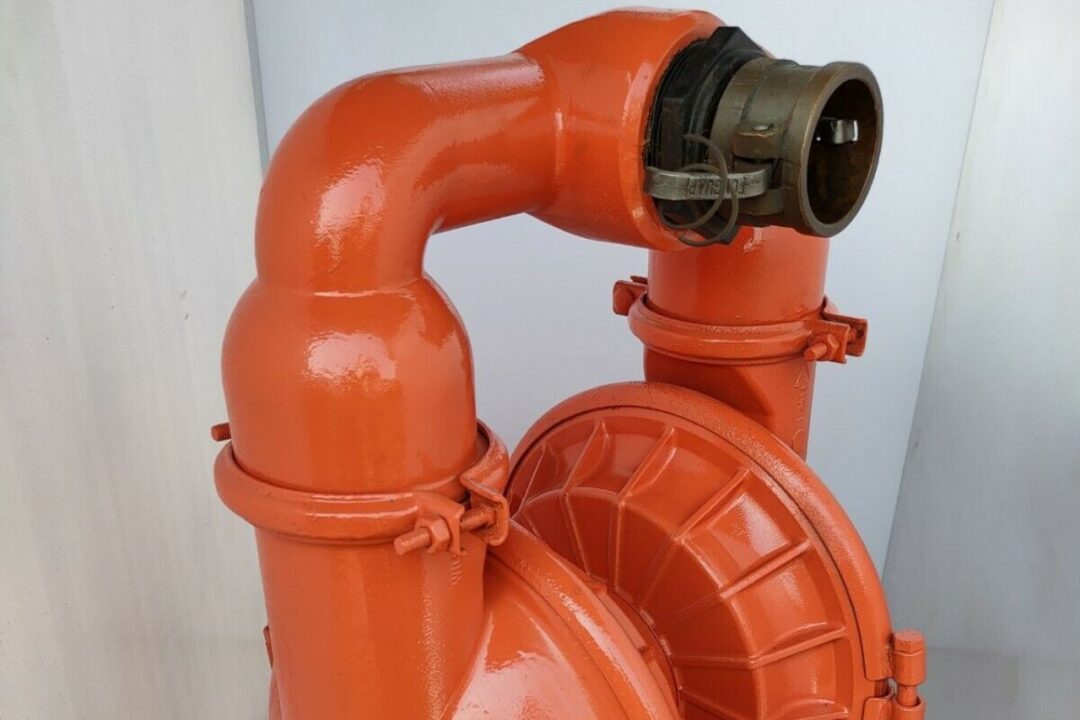
Positive Displacement Pumps: Precision at Its Best
Positive displacement pumps stand out for their capability to manage a consistent volume per cycle, regardless of discharge pressure. These pumps are great for situations where precise and consistent flow rates are required, making them ideal for chemical dosing or situations calling for the steady transfer of fluid.
Mechanism of Positive Displacement Pumps
These pumps operate by trapping a fixed amount of fluid and forcing it through the discharge pipe. This approach gives them their distinct ability to maintain consistent flow, handling high viscosity fluids more effectively than centrifugal pumps. Their design includes a variety of types like diaphragm, gear, and screw pumps, each with specific applications.
Benefits and Drawbacks
The precision of positive displacement pumps makes them perfect for applications requiring accurate dosing and flow control. However, they tend to be less efficient with low viscosity fluids compared to centrifugal pumps. They are also more sensitive to wear and tear, necessitating regular and careful maintenance.
Booster Pumps: Elevating Water Pressure
Ever encountered a weak trickle of water in your house? Booster pumps are designed to resolve low water pressure issues, perfect for homes where water needs to travel significant vertical or horizontal distances or manage the pressure demands of sprinkler systems.
How Booster Pumps Improve Water Pressure
These pumps increase the pressure of water as it passes through, ensuring consistent and powerful delivery to your taps. They work by taking in low-pressure water from a well or public source and amplifying it before it reaches appliances or your home. This can drastically improve the performance of showers, washing machines, and more.
Advantages and Limitations
Booster pumps can drastically transform the user experience in your home by ensuring robust water pressure. They also shine in applications where pressure demands fluctuate, like gardens and landscaping. However, they may require significant energy consumption and could become noisy depending on the installation.
Choosing the Right Pump for Your Home
Selecting the best pump for your needs requires consideration of several factors. It’s all about what matches your particular needs—ranging from application type, water source, distance, and elevation to energy efficiency and budget constraints.
Factors to Consider
- Source of Water: Determine whether you’re drawing from a well, reservoir, or public supply.
- Depth and Distance: Assess how far and how high water needs to travel, as this influences the type of pump effectiveness.
- Usage Needs: Understand your household requirements—more water at higher pressure versus consistent flows, for example.
- Installation and Maintenance: Consider ease of installation and future accessibility for repairs.
- Energy Consumption: Evaluate the energy efficiency of the pump, balancing between initial costs and long-term savings.
- Noise Levels: Assess whether noise could be a concern, especially around living spaces.
The Future of Water Pump Technology
With technological advancement, water pumps continue to evolve, focusing on energy efficiency, smart controls, and integration with modern home systems. New innovations aim to optimize performance while reducing environmental impacts, offering you cutting-edge solutions tailored to sustainable living.
Emerging Trends and Innovations
The future looks promising, with smart pumps that can be controlled remotely, equipped with sensors for real-time monitoring and diagnostics. These developments not only enhance performance but also aim to reduce energy consumption and costs, aligning with the global thrust towards sustainable water use.
Conclusion: Bringing it All Together
Understanding the different types of water pumps and their specific applications makes selecting the right pump for your home an informed decision rather than a daunting task. Your home water system hinges on an effective pump; choosing the right one provides efficiency, reliability, and peace of mind. Whether updating existing systems or planning a new home, having the right pump ensures smooth daily operations, keeping life’s most essential resource flowing reliably. With continuous improvements and innovations, water pumps are set to offer even smarter, more sustainable solutions that cater to your home’s unique needs.



